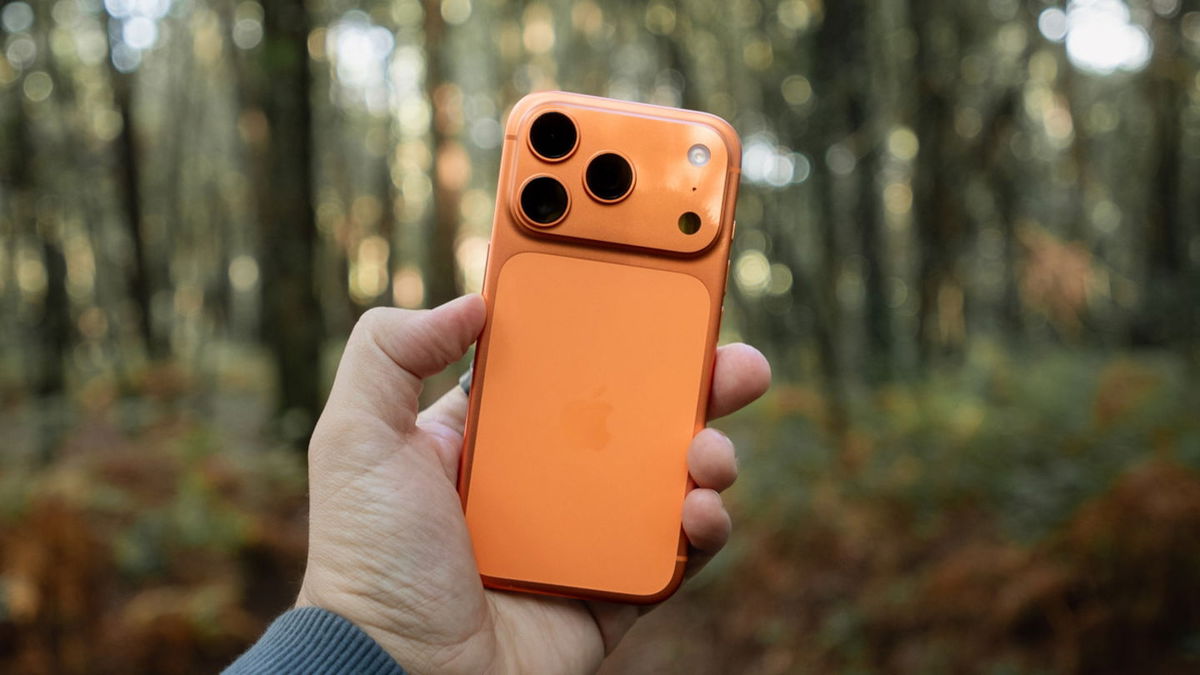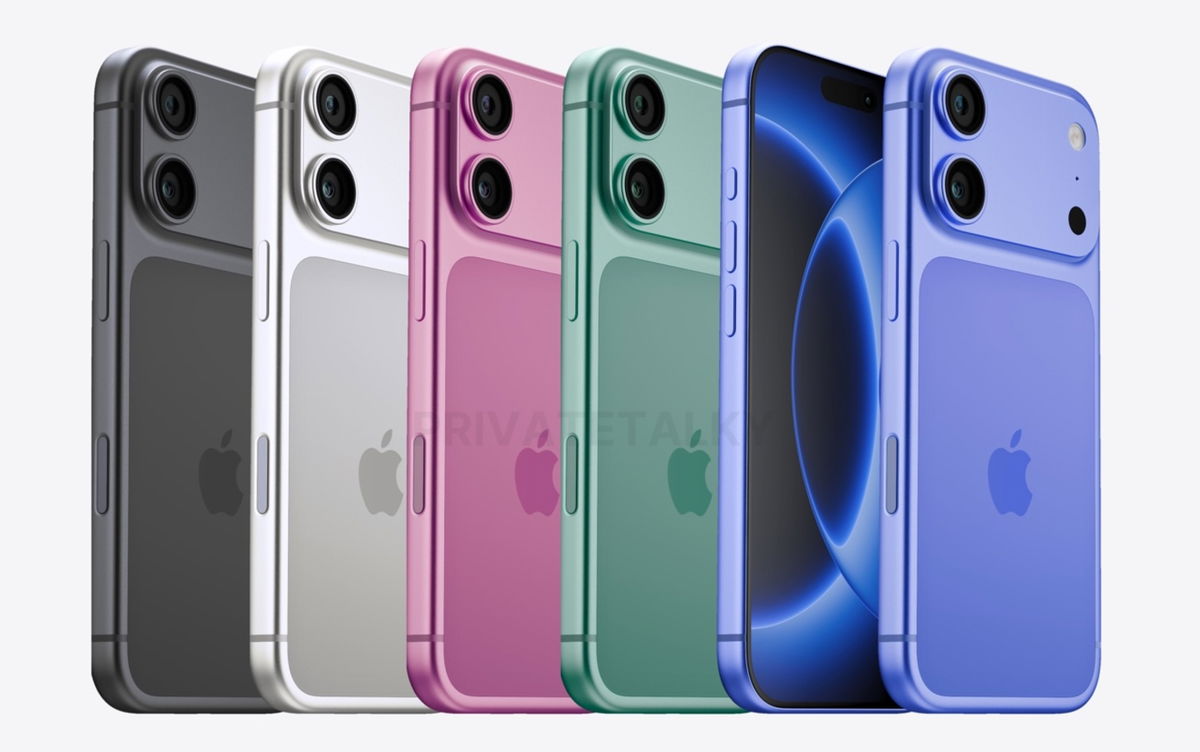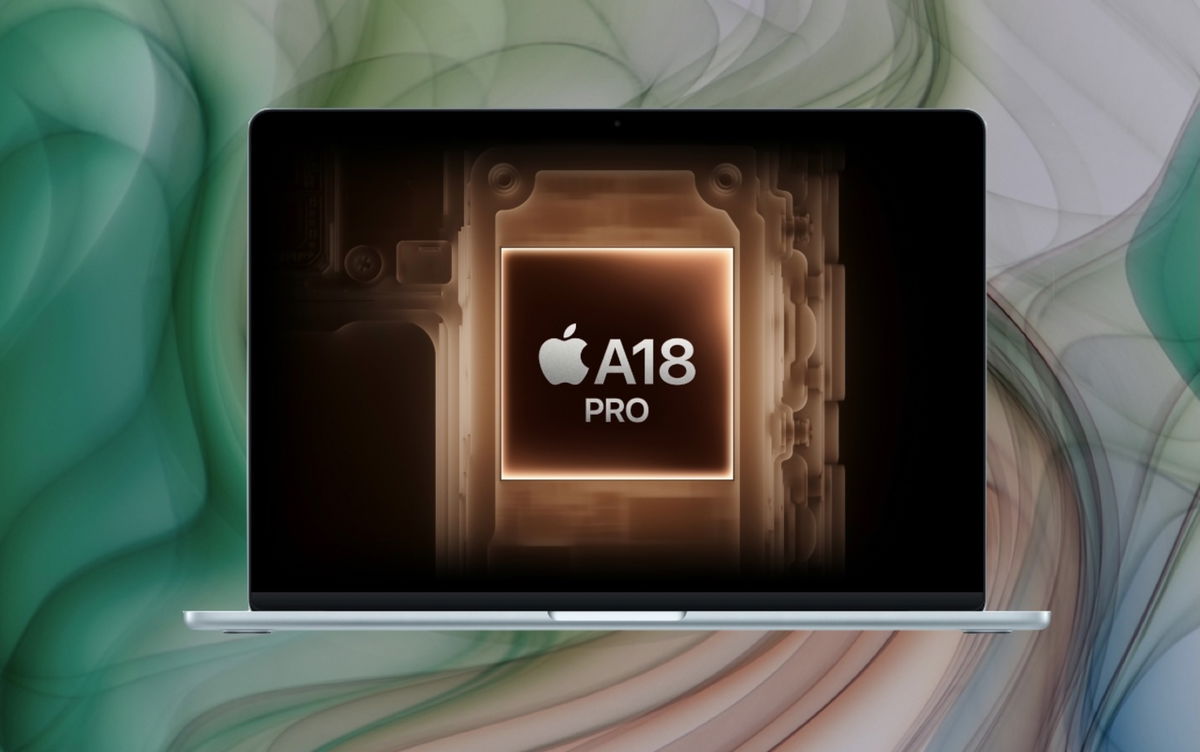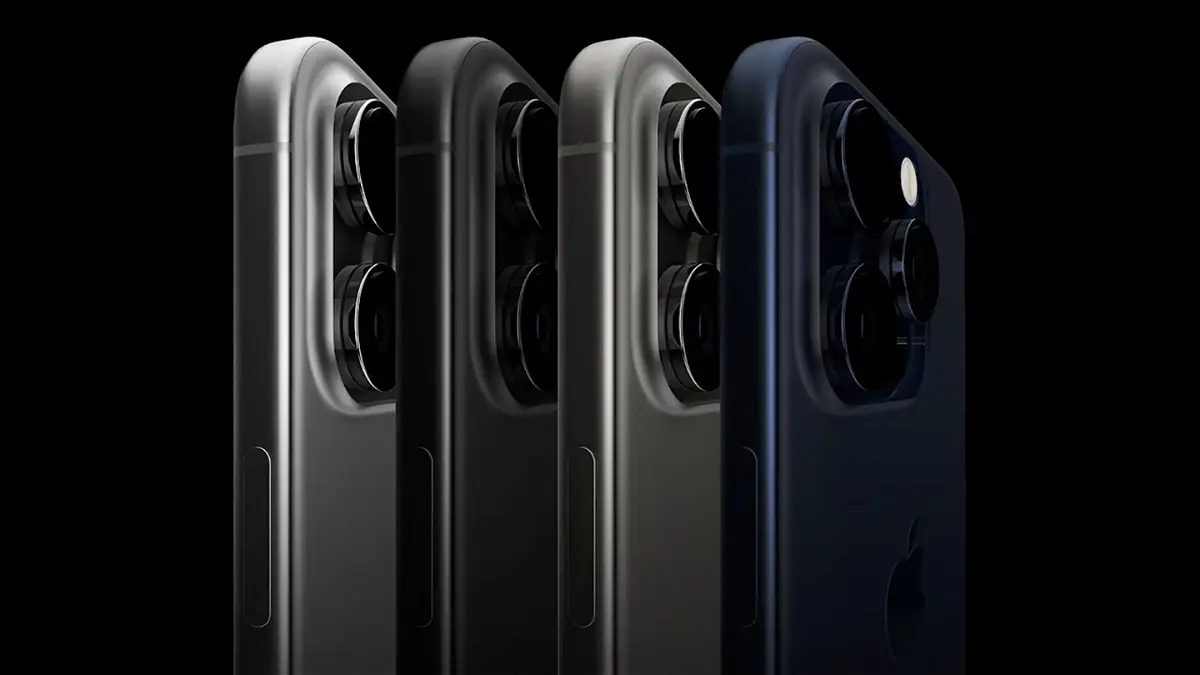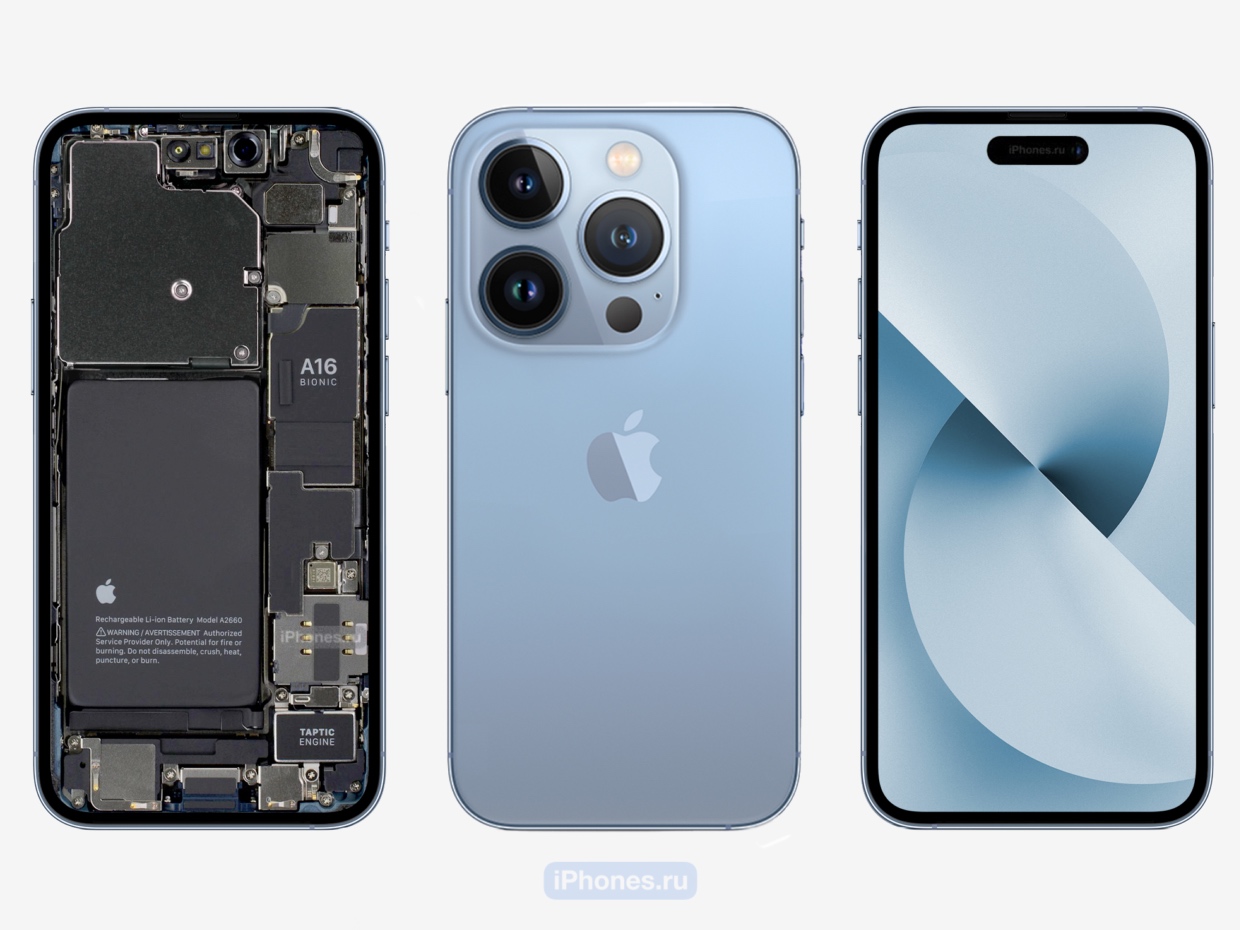Why is almost no one talking about this iPhone 17 feature?
An improvement over the iPhone 17 is the 18MP selfie camera with Center Stage and improved stabilization. A function that replaces selfies, video calls and diary entries.
iPhone 17 launched with many visible new features: new design, greater autonomy, improvements in zoom and a more efficient processor. However, one of the updates that affects daily use the most is the front camera. Apple has completely revamped the selfie sensor, now with 18 megapixels, improved stabilization and an AI-based smart framing system.
The surprising thing is that little is said about this topic outside of the initial announcementsAlthough it’s a development that affects something millions of users do every day: selfies, video calls and recording content from the front camera. It should be more visible as part of our daily lives.
You may also be interested in reading: 5 iPhone tricks that you don’t know or haven’t used for a long time
A completely different selfie camera
The new front sensor of the iPhone 17 appears in all models of the series: iPhone 17, 17 Pro, 17 Pro Max and 17 Air. This isn’t a simple megapixel increase, it’s an update that changes the way you use the camera.
There are 3 improvements worth checking out:
- Center Stage for photo and video: Automatically reframes based on the number of people in the image or if we move in the video call.
- Stabilized 4K/60 fps recording without the need for action mode: Stabilization is always active, even when walking or recording in low light.
- Square sensor and smart auto-rotation: Allows you to take landscape selfies without physically rotating the phone.
Note that everything happens automatically, without the need to activate specific modes or change settings. But let’s explain it a little better below:
Center Stage: AI applied to the camera is really changing things
We’ve already seen Center Stage for video calls on iPad and Macbut until now it was completely unavailable on the iPhone. Photography also reaches the iPhone 17.
The system analyzes the scene, detects how many people there are and adjusts the frame in real time. If another person enters the shot, the camera zooms in slightly. If we’re alone again, he’ll focus again. In WhatsApp, Zoom or FaceTime video calls, the experience is more comfortable as the mobile phone does not need to be held still to remain in the frame.
This combination of hardware and software provides something hard to see on a technical page: More naturalness in daily communication.
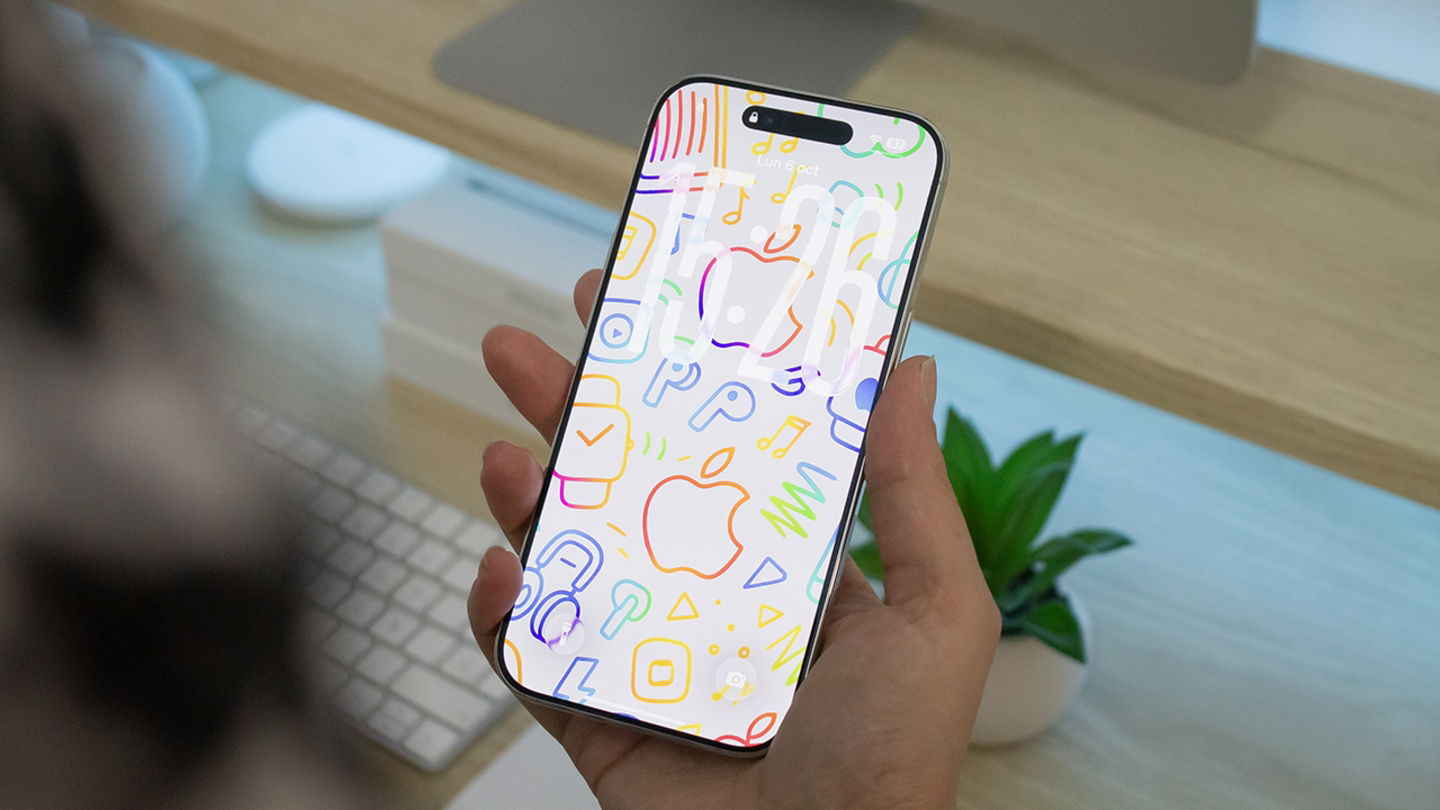
iPhone Air screen is worthy of the Pro model
Serious stabilization for the front camera
First-person recording has skyrocketed with networks like TikTokInstagram or YouTube. Until now, using the rear camera or stabilizer was a common option if you wanted a smooth selfie video.
The stabilization of the iPhone 17 has improved so much that it allows you to record handheld while on the move, without the typical feeling of vibration of the arm. The jump in low light is also quite noticeable: clearer videos, less noise, and a much more professional look.
Double Catch: Tell the full story
Apple also expanded dual recording mode: You can record with the front and rear cameras simultaneously. Other manufacturers have already offered something similar, but the key here is that both cameras have stabilization and new processing with the Neural Engine. The difference in the fluidity of the video is clearly visible.
This mode is especially useful for vloggingtravel or cover events in real time without having to do much editing.
You may also be interested in: What should you do when your iPhone says “Charging slowly”? Is this harmful to the device?
A development that benefits all models
Unlike other years Apple didn’t reserve the best front camera for Pro models. The experience is nearly identical across the entire iPhone 17 family, making this a more comprehensive upgrade.
The philosophy behind it seems clear: If the iPhone is the most used camera in the world, the front camera also deserves an evolution according to the user’s actual usage.
4x zoom or new skins could attract more attention in storefronts. But in practice, the front camera is the most used in a current smartphone: remote meetings, quick videos for social networks, photos with friends. The new iPhone 17 camera delivers noticeable improvements from the first use: better framing, greater stability and more naturalness in photos and video calls.
you can follow iPadize yourself on Facebook, WhatsApp, Twitter (X) or check our Telegram channel to stay updated on the latest technology news.
Source: i Padizate


